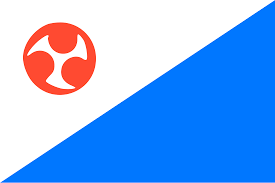
The subtropical volcanic island of Jeju, also known as Jeju-do, is located south of the Korean Peninsula with around 630,000 inhabitants.
It is the largest South Korean island, lies around 90 kilometers off the coast of South Korea and partly consists of hundreds of sculpted volcanic hills.
The highest mountain in Jeju is the 1,950 meter high Hallasan, an extinct volcano in the middle of a national park. The most common island flower is the rhododendron and the province's most famous bird is the woodpecker.
The most important cities on the island include Jeju City, also known as Jeju-si, Seogwipo, Aewol, Gosan, Namwon, Gujwa and Goseong-ri.
Jeju's two main sources of income are tourism and agriculture. The main products exported internationally are tea, oranges and mushrooms.
Today, Jeju still has nearly 7,000 merwomen diving for seafood and shellfish. They are called Haenyeo and dive up to 20 meters deep, equipped only with a suit, mask and fins.
The mythical holiday island of Jeju attracts numerous national visitors every year and is particularly popular for honeymooners. In addition to the Hallasan National Park, the most important sights in Jeju include the small island of Udo, the Bijarim Forest, the Hamdeok Beach, the Hallim Park, the Hyeopjae Beach, the spiritual garden with its many plants and trees, the Manjanggul Cave, the Jeju Stone Park, Woljeongri Beach, Sangumburi Crater, Jeju Nanta Theater, Jeju Kimnyoung Park, Local History Museum, Dongmun Market, Haenyeo Museum, Sehwa Beach, Jeju Peace Park, City District Black Pork Road, Maze Land Gardens and Hallasan Mountain.
The capital of the island is the city of the same name, Jeju, also known as Jeju-si, with around 280,000 inhabitants. The city is located in the north of the island with the only international airport being Jeju.
In January 2016 I traveled to Jeju Island from Shanghai for two days. It was my first and only stay there so far.
I actually couldn't have chosen a worse time in terms of the calendar, because January is usually the coldest month and it was really, really cold.
My modern and inexpensive hotel was located in the middle of the capital, on the main street. Despite the low temperatures of only 5 degrees Celsius, the hotel was the ideal starting point for a tour of the city.
I'm actually a big fan of South Korea, but my stay in Jeju was quite difficult at times. Neither in my hotel nor in the various cafes or restaurants did the staff speak English. The next difficulty was reading. Because I don't speak the language, I couldn't order anything from the menu in a restaurant without a display. In the end, ordering a coffee was the easiest thing. The same problem also applied to the taxi drivers and so I unfortunately had to cancel my planned tour outside the capital, along the coast. I tried it with two taxi drivers, but finally gave up in frustration.
In midsummer, the island of Jeju is guaranteed to be very great and pleasant, when, among other things, many English-speaking students come to the island to work. On the other hand, in the cold winter it is a bit quiet and sleepy there.
Jeju, one day I'll come back again in the summer.

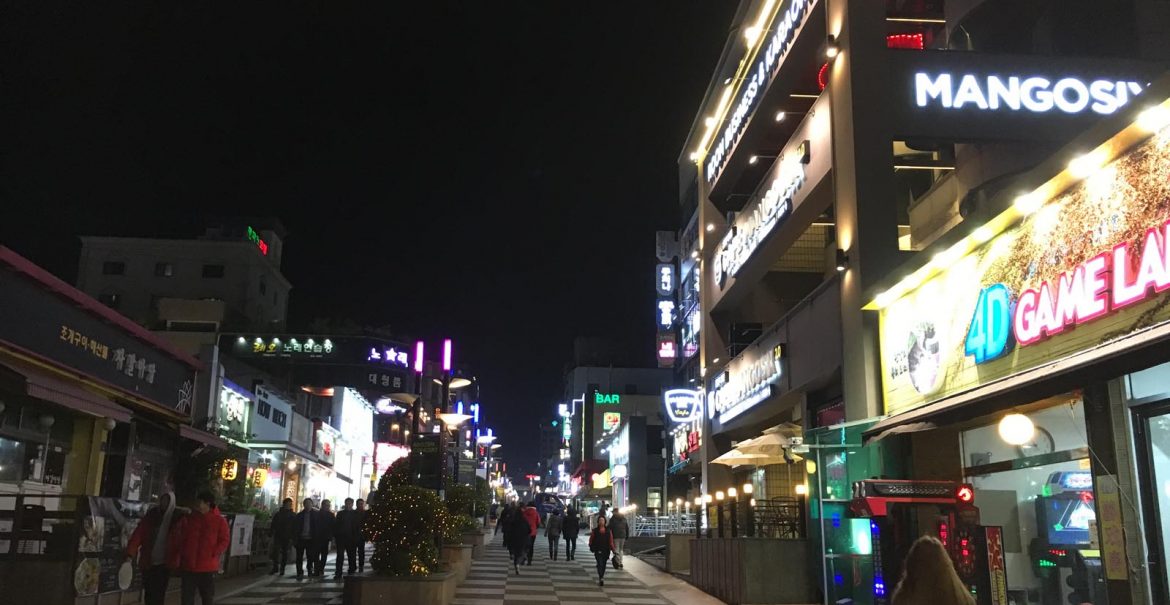
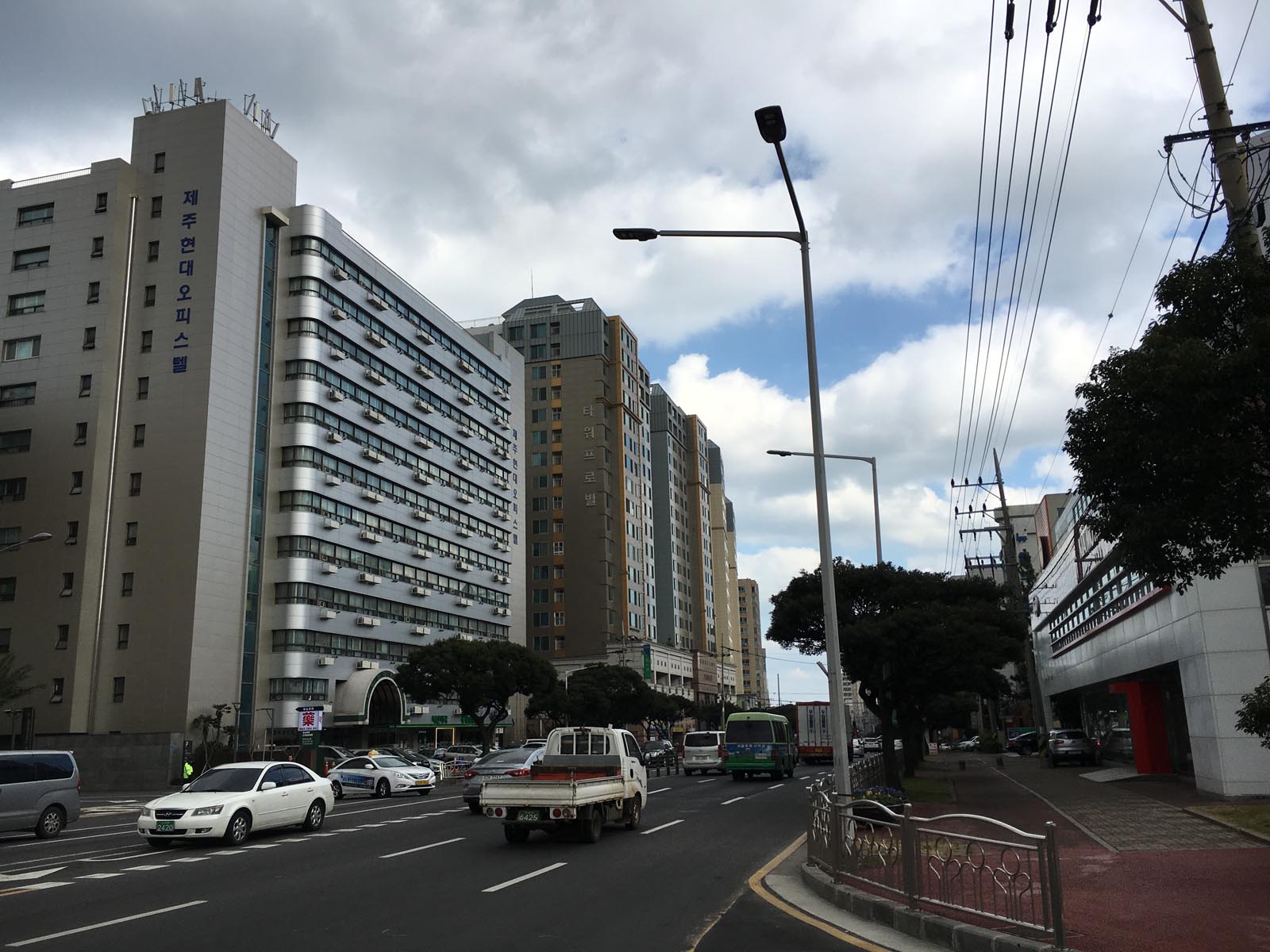
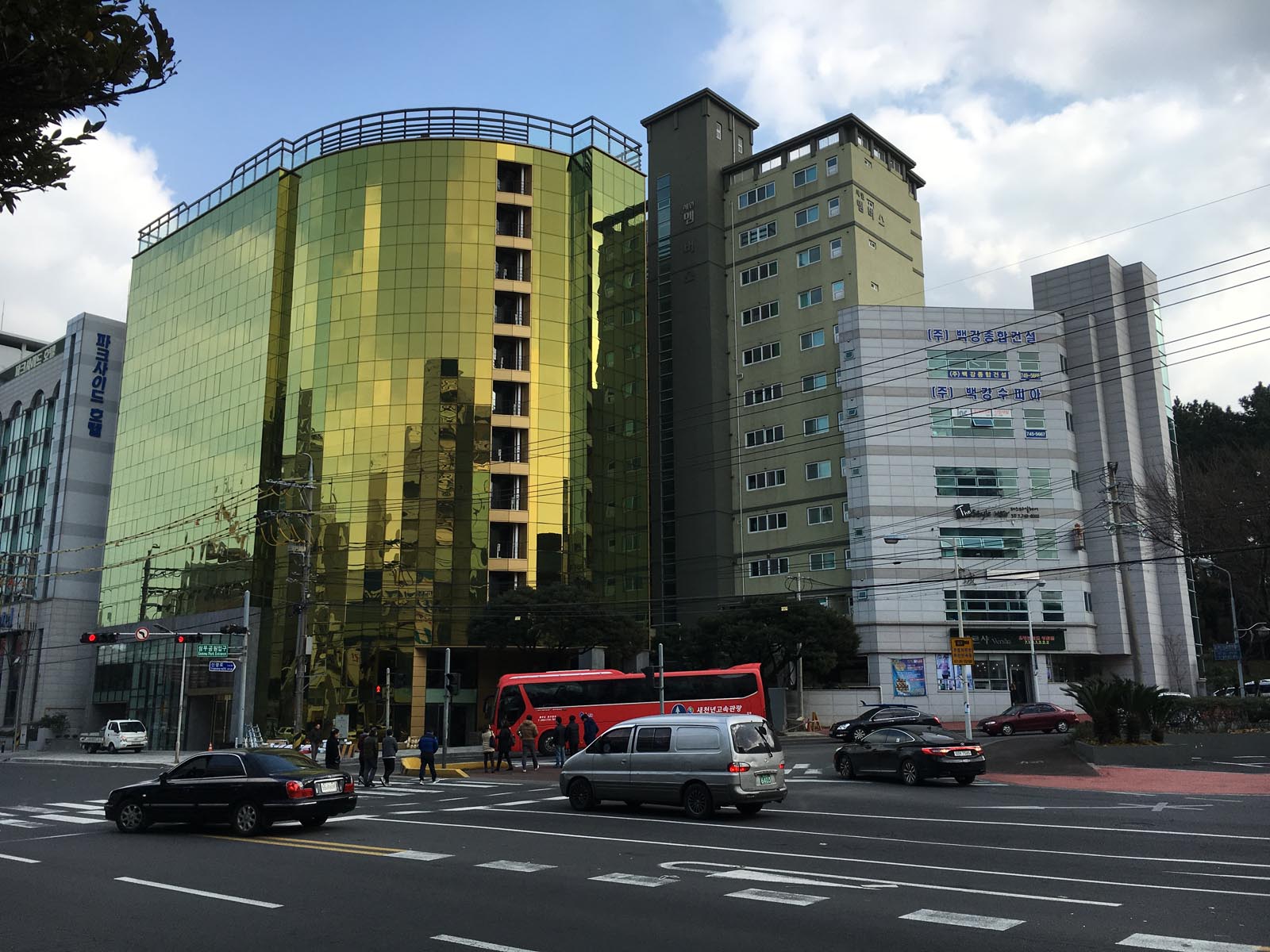
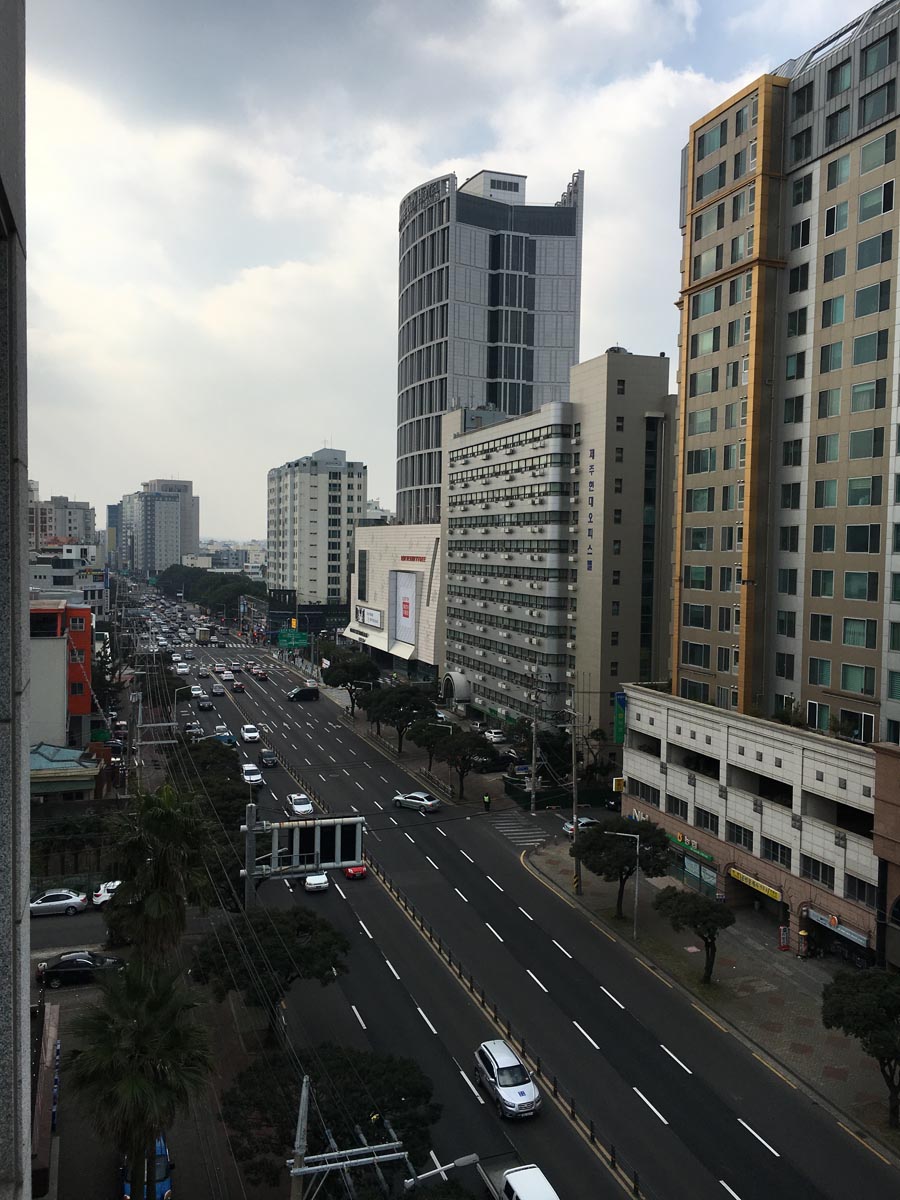
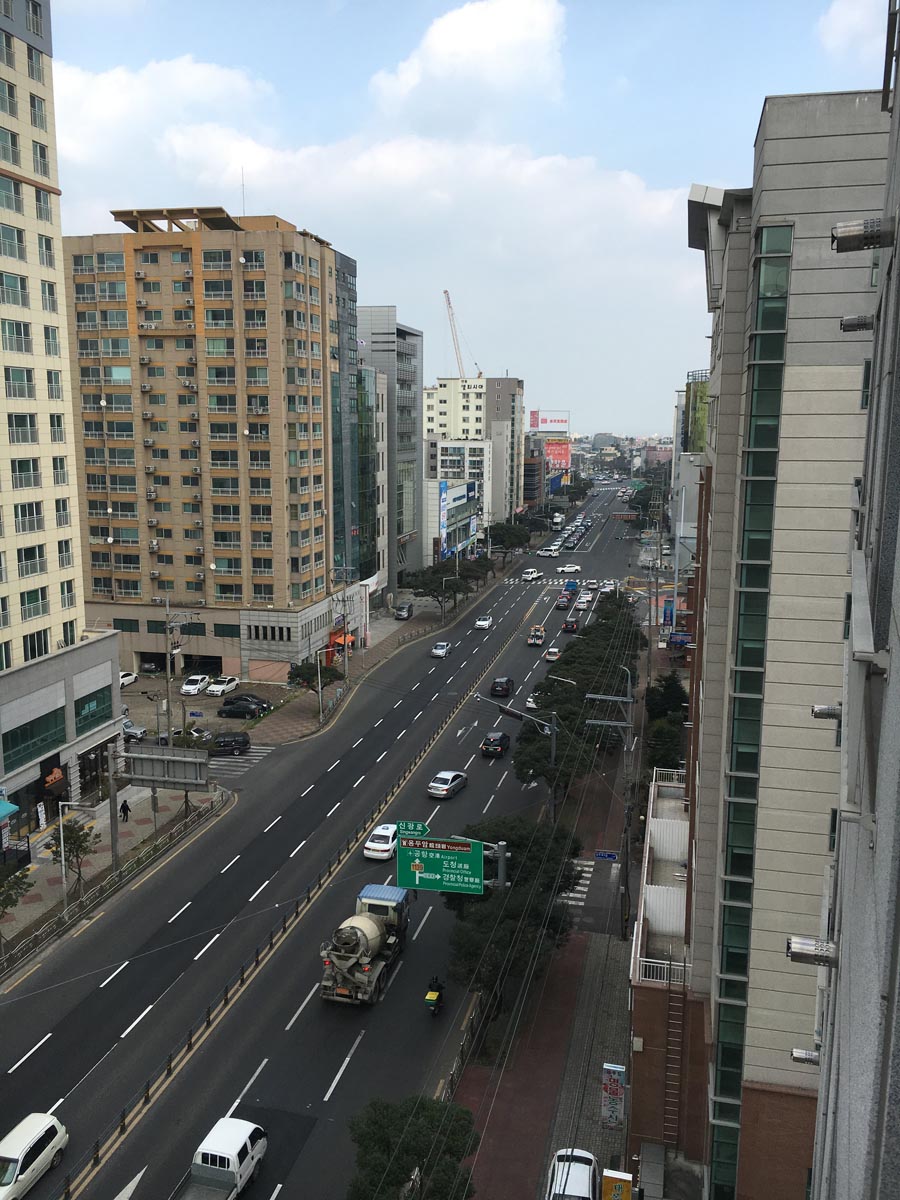
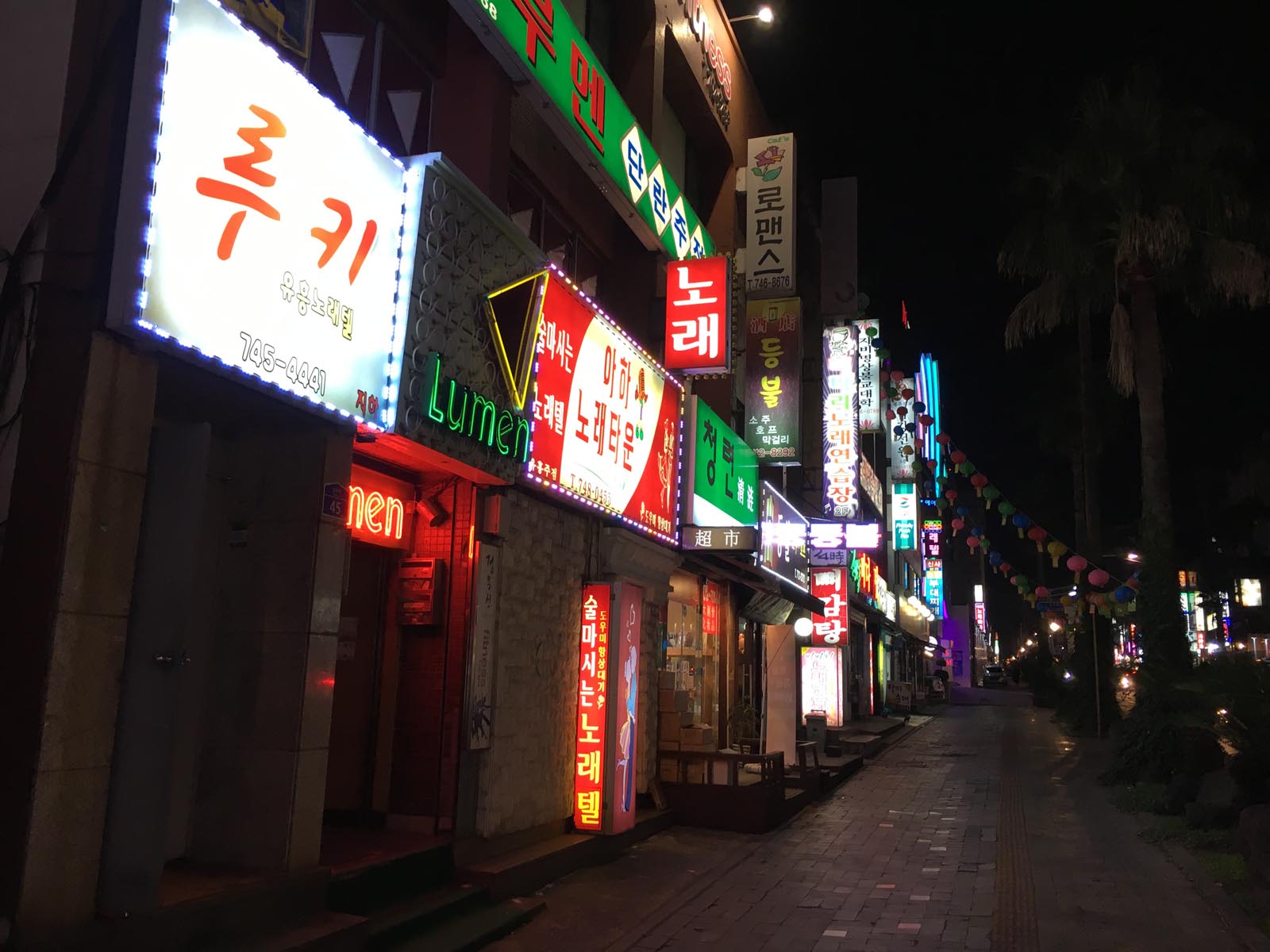
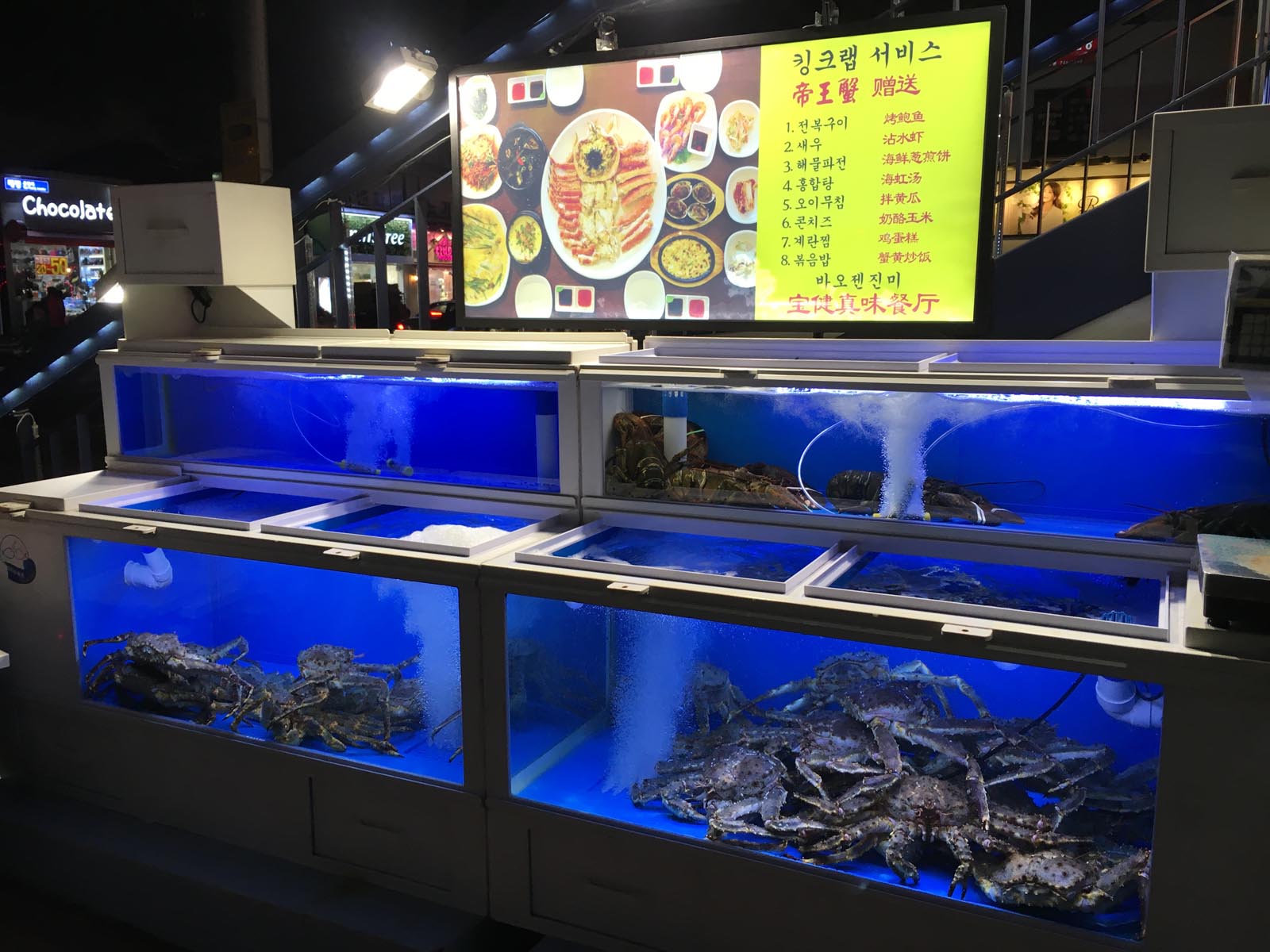
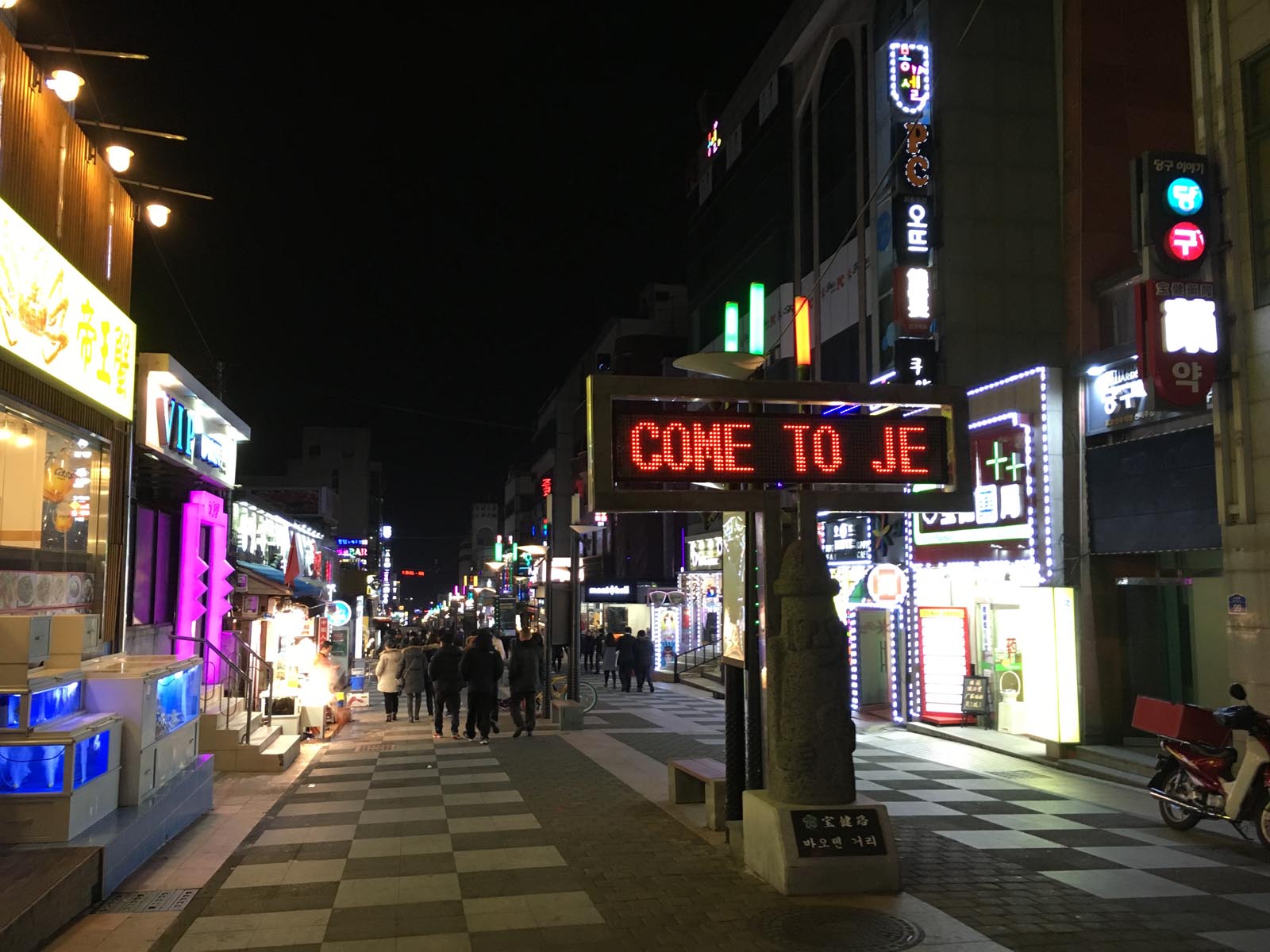

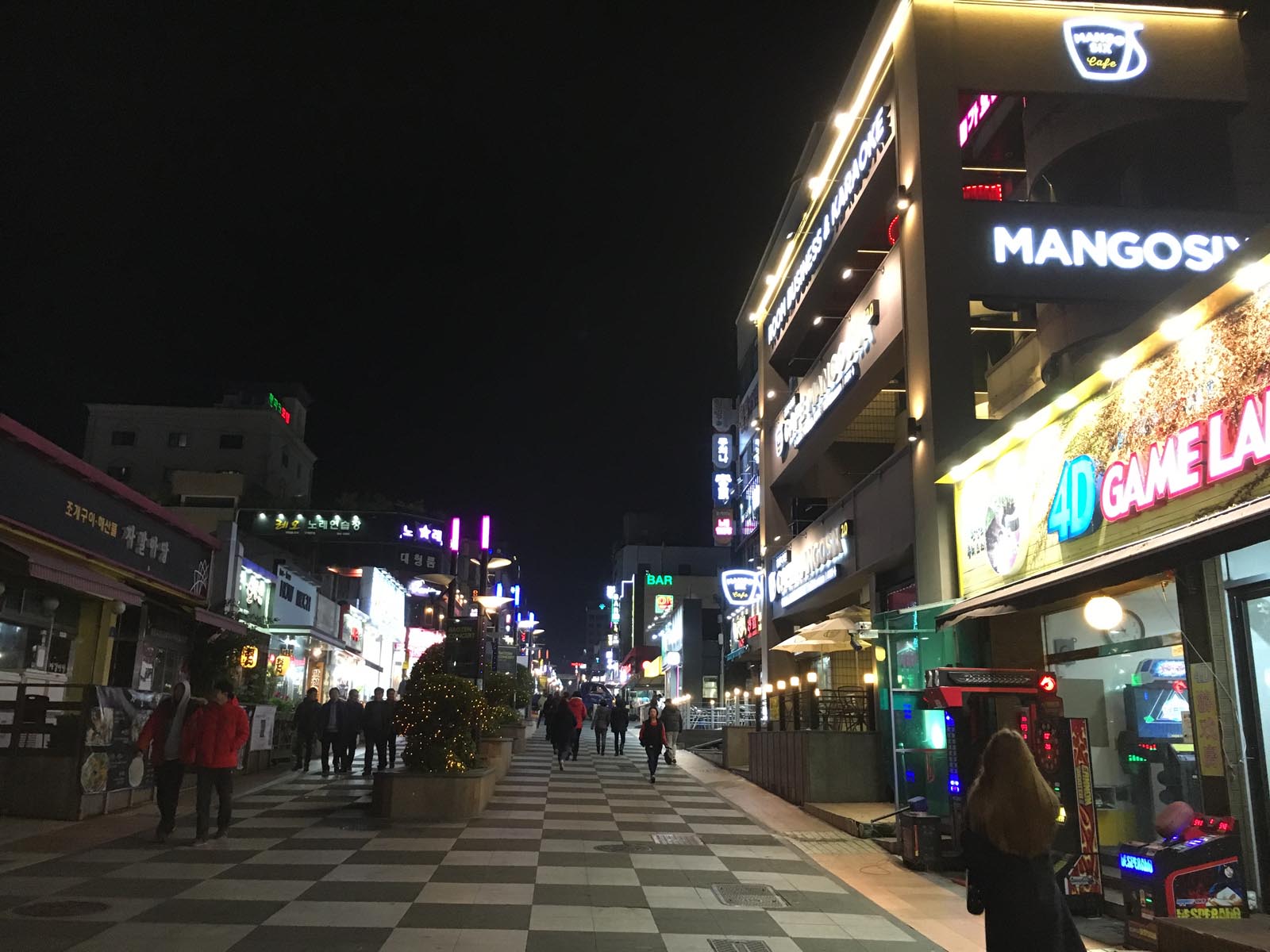

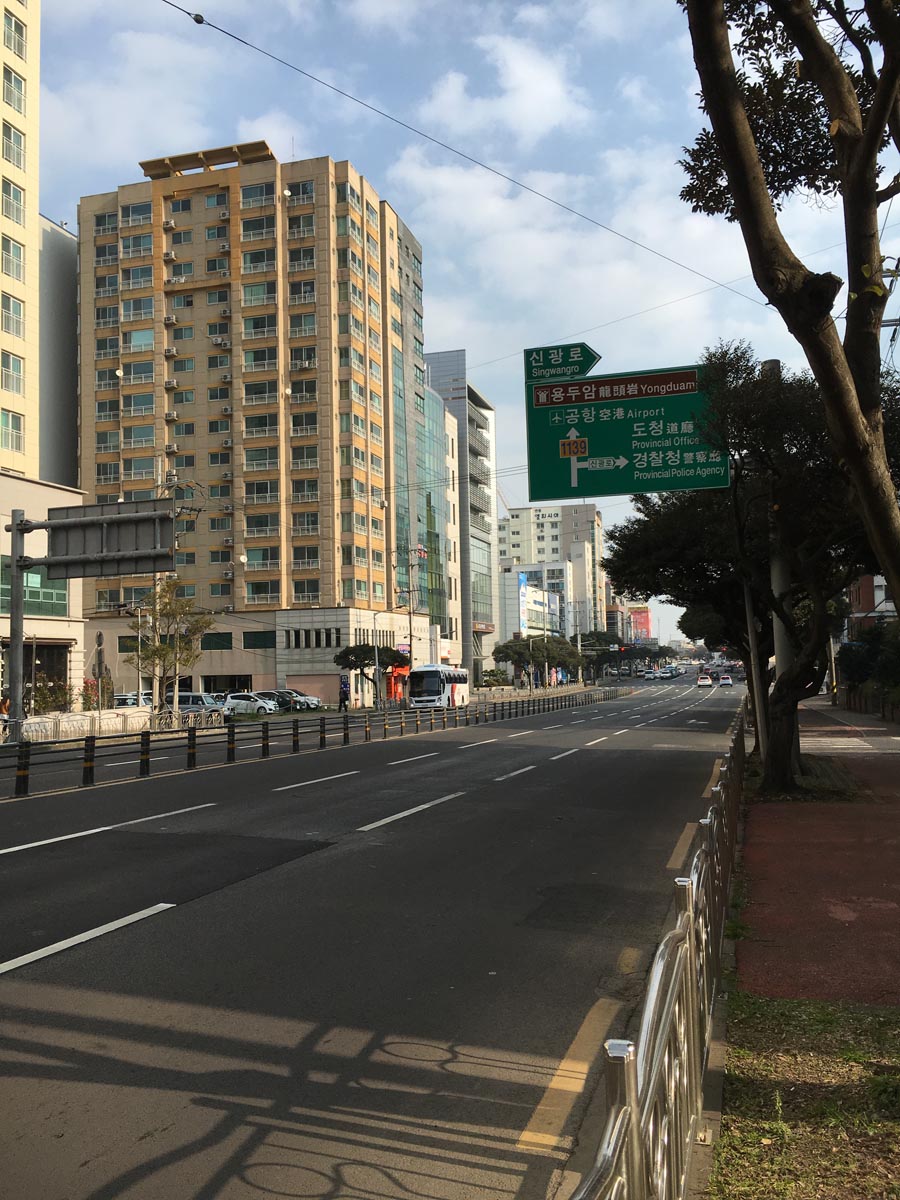
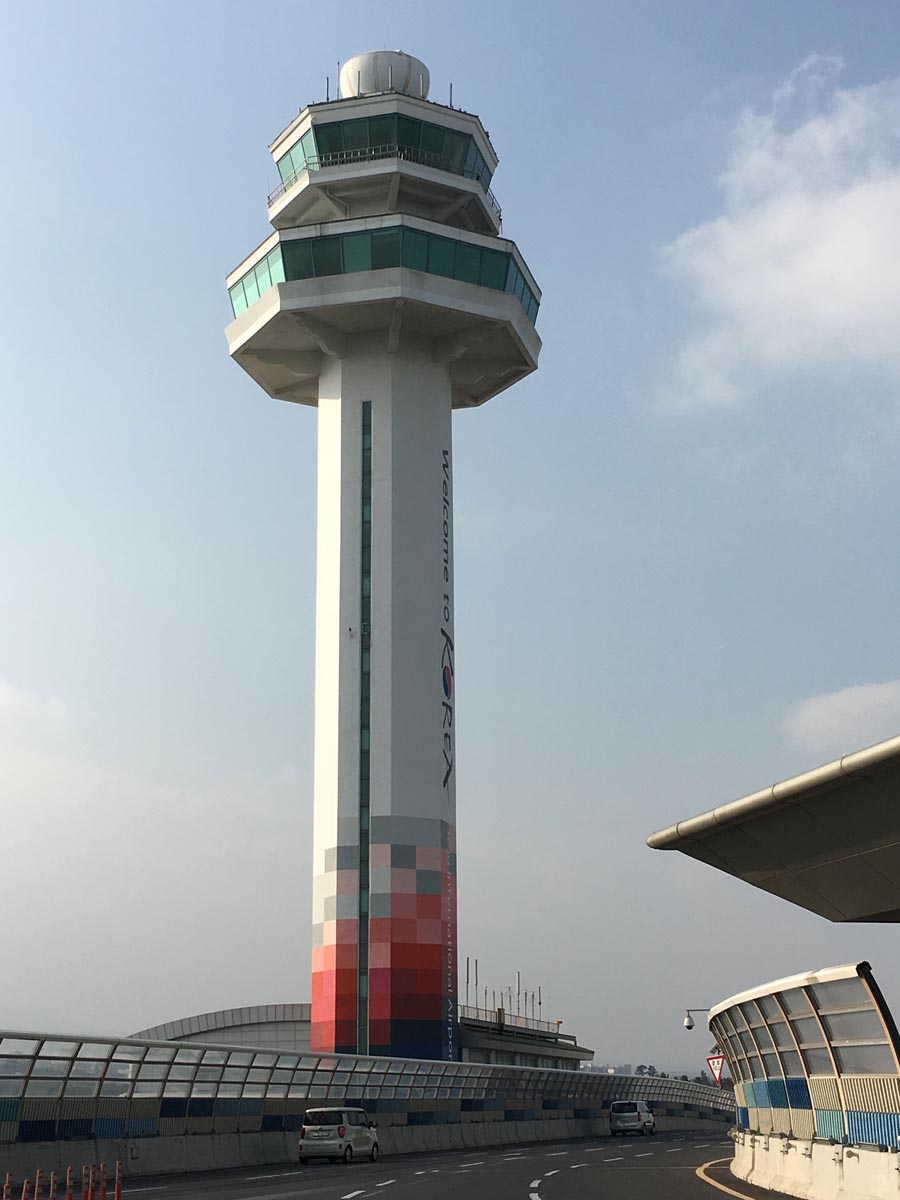
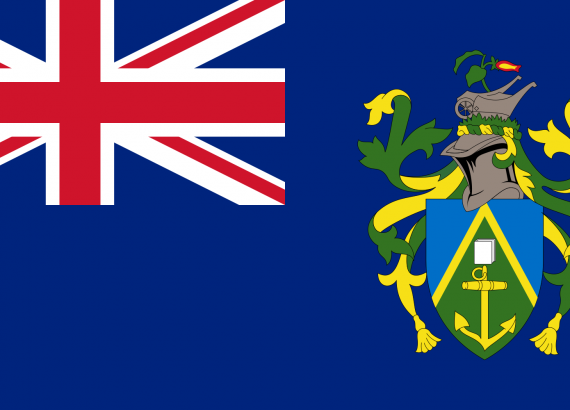
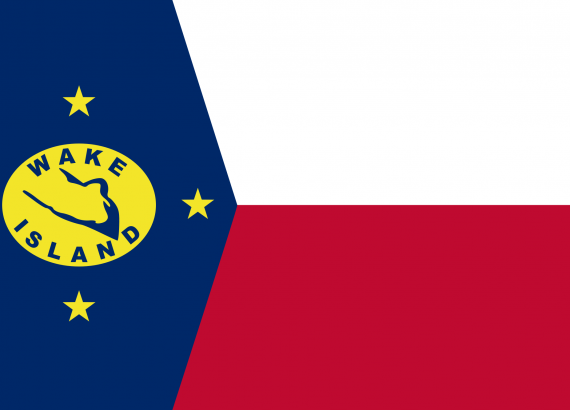
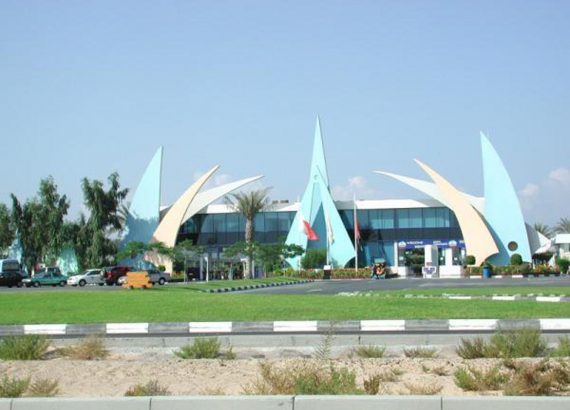
No Comments